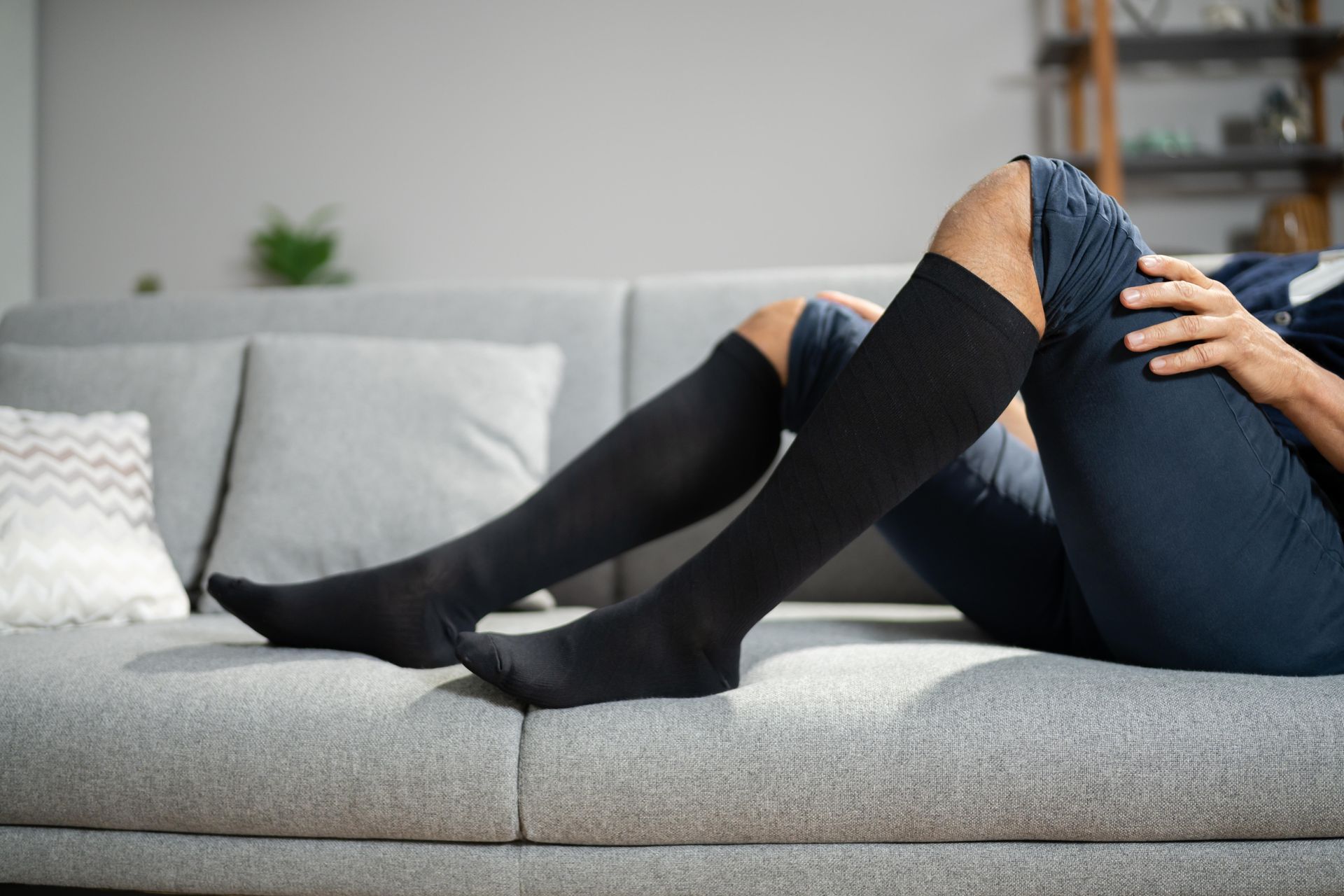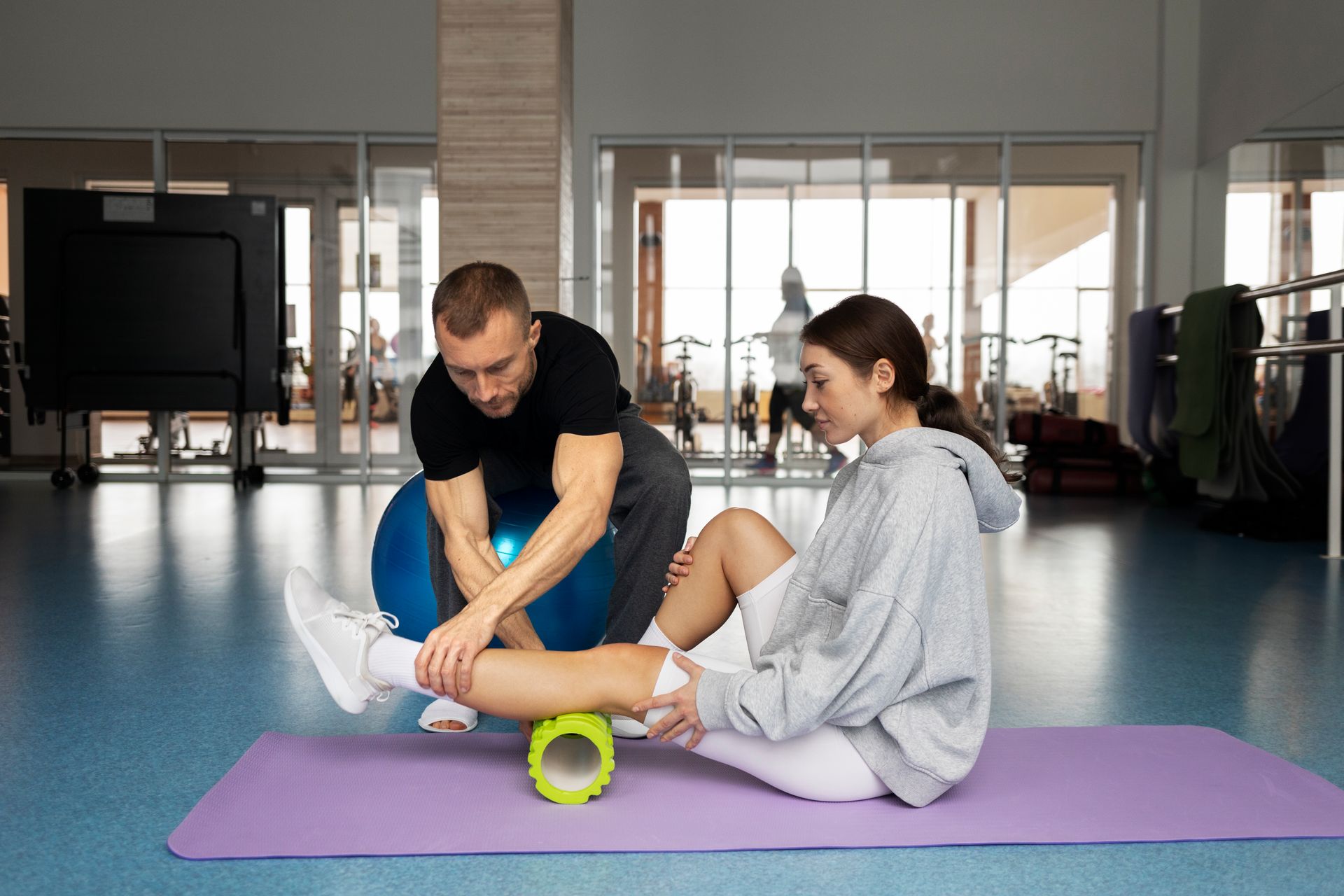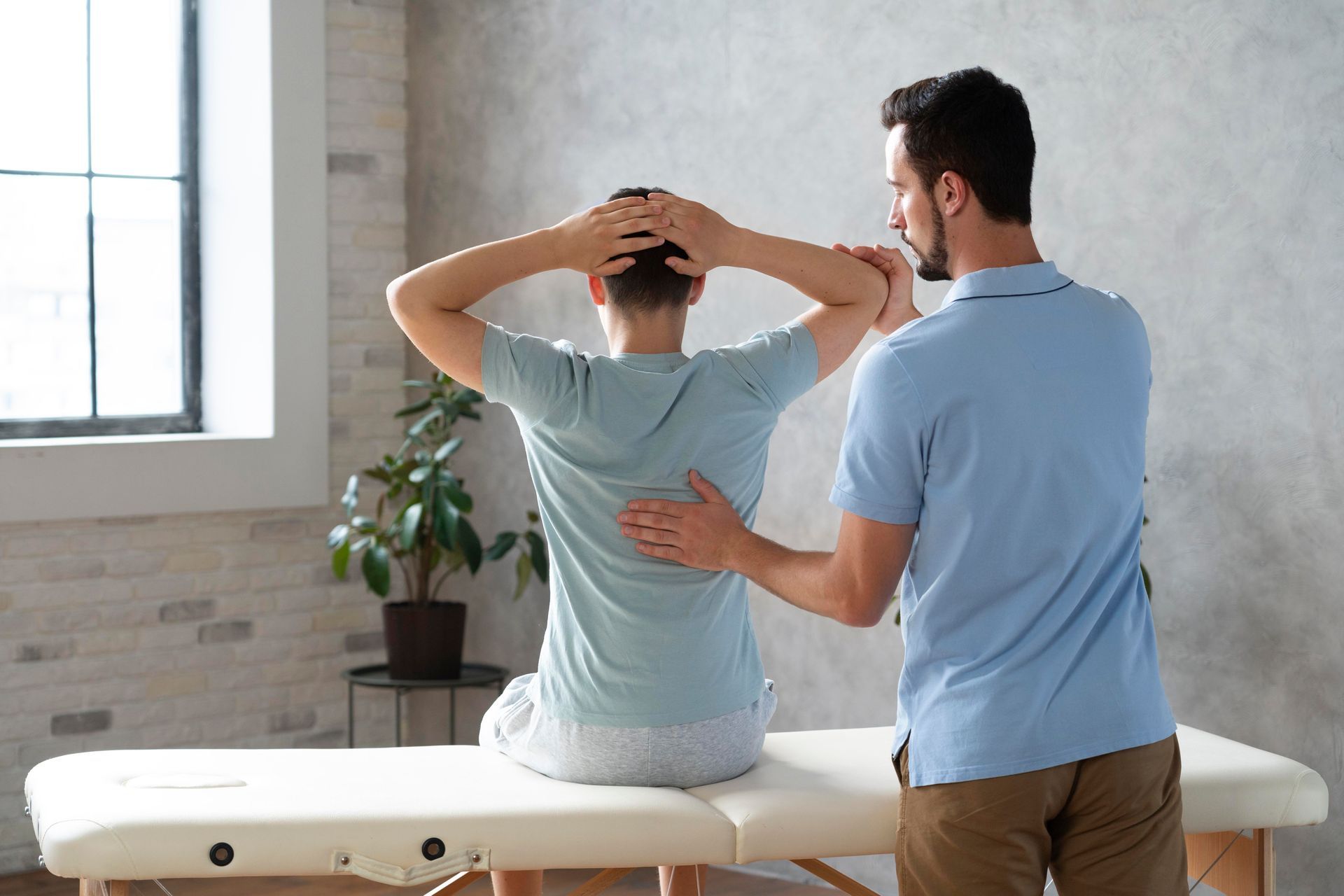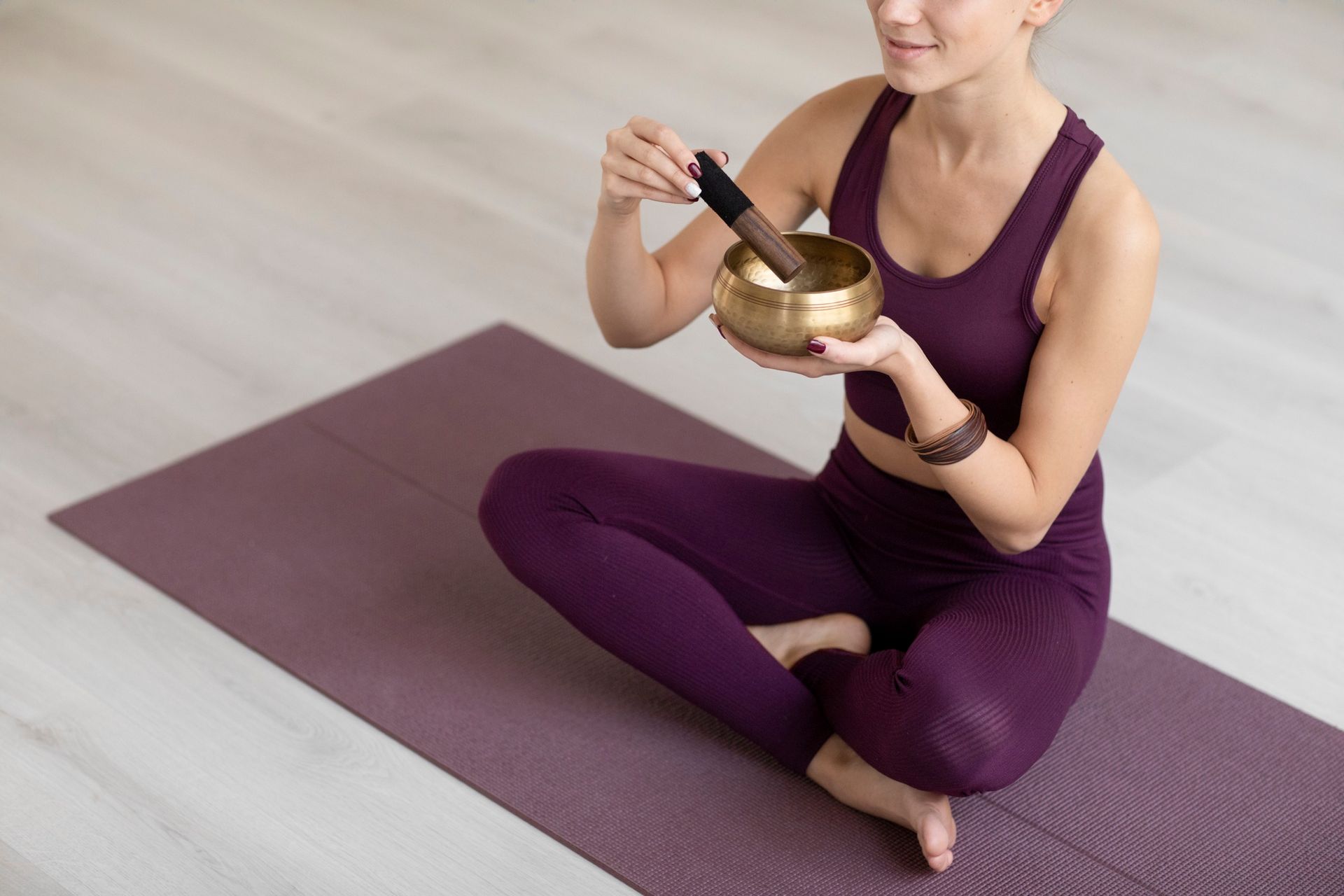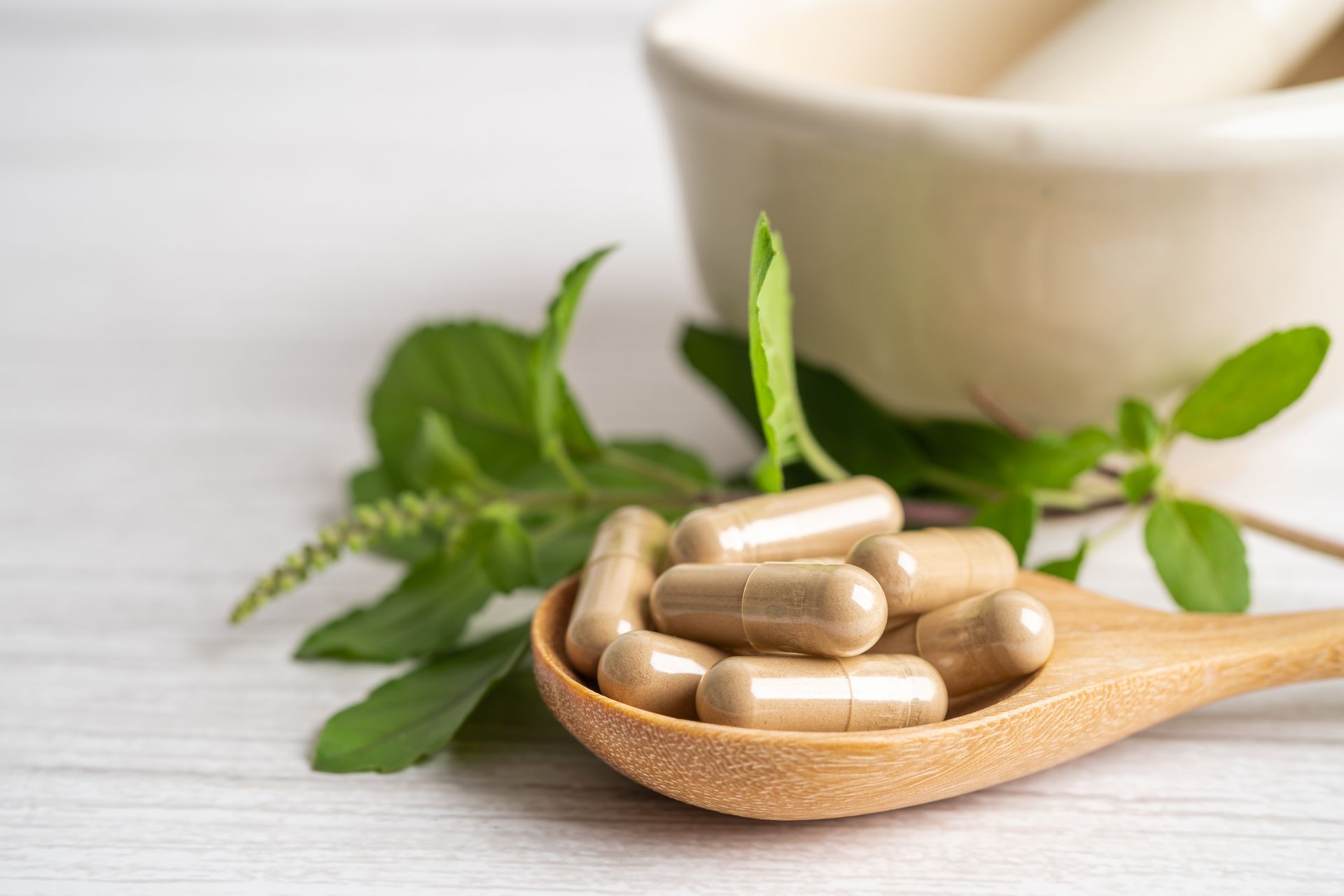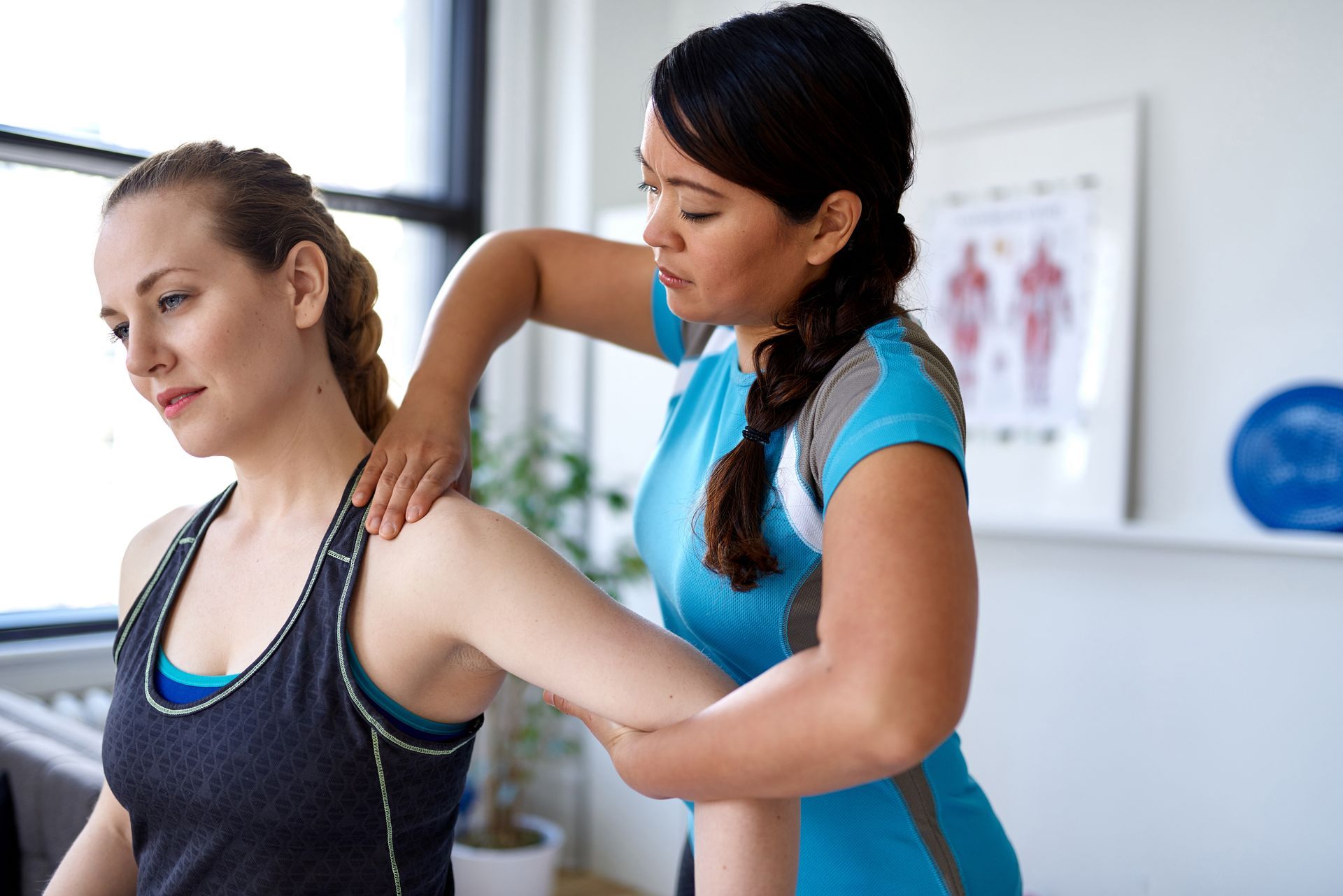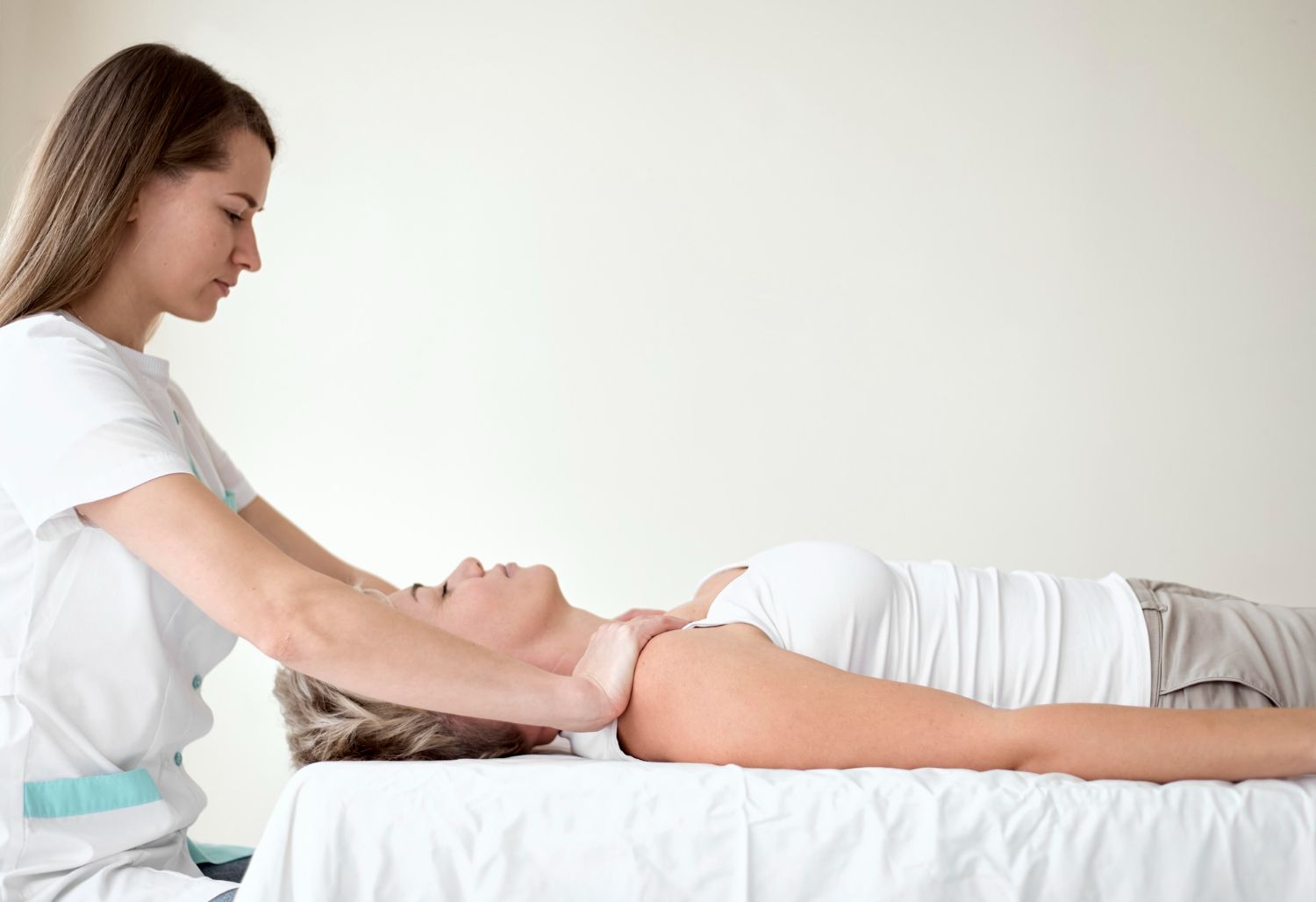Massage Therapy
Massage therapy has existed for almost 4,000 years and is known to be one of the oldest methods of healing. It is a widely accepted and effective treatment for reducing stress and decreasing muscle pain and stiffness. It is also used in aiding rehabilitation and postural realignment.
Massage therapy primarily consists of hands-on manipulation of the body’s soft tissue, specifically muscles, connective tissues, tendons, ligaments and joints, for the purpose of optimizing health.
There are almost 80 types of massage therapy, as well as a variety of techniques that help facilitate improved health and well-being.
Why massage therapy?
Massage therapy has a therapeutic effect, and it acts on the muscular, nervous and circulatory systems of your body. It helps to develop, maintain and improve physical function. It also relieves pain and prevents the effects of stress.

Effective massage therapy can treat anxiety and depression
- Asthma and emphysema
- Back, neck and shoulder tension
- Breast tenderness and inflammation
- Cancer
- Carpal tunnel syndrome
- Cerebral palsy
- Chronic fatigue syndrome
- Circulatory problems
- Digestive and lower bowel problems
- Dislocations
- Edema (inflammation)
- Fibromyalgia
- Fractures
- Frozen shoulder
- Gastrointestinal disorders
- Headache/migraine
- Inflammatory conditions
- Kyphosis and scoliosis
- Multiple sclerosis
- Muscle spasm
- Neuritis/neuralgia (nerve pain)
- Parkinson’s disease
- Palliative care
- Post-injury rehabilitation
- Post-surgical rehabilitation
- Pregnancy and labor support
- Respiratory problems
- Repetitive strain injuries
- Sciatica
- Sports injuries
- Strains and sprains
- Insomnia
- Arthritis and bursitis Stroke
- Tendonitis
- Whiplash
A few conditions that would not benefit from massage therapy are:
- Acute inflammation (swelling)
- Severe osteoporosis
- Hemophilia
- Rash on the skin
- Respiratory disorders
- Varicose veins
Benefits of massage therapy
- Reducing or eliminating pain
- Improving joint mobility
- Improving circulation
- Improving immune system functioning
- Increasing lymphatic drainage
- Reducing depression and anxiety
- Reducing tension within muscles
- Increasing body awareness
The different types of massage offer benefits beyond simple relaxation. Help your practitioner understand your condition better in order to devise the treatment plan that’s best suited for effective and faster recovery. Many health problems can be dealt with through massage therapy.
Regular therapeutic massage from a registered massage therapist can be a part of your regular health maintenance.
Who can benefit from massage therapy?
- Athletes
- Expecting mothers
- Accident survivors
- People with chronic illnesses
- People with workplace injuries
Preparing for a massage therapy session
Before a massage therapy session starts, the registered massage therapist should ask you about your symptoms, your medical history and what you’re hoping to get out of the therapy. The massage therapist should explain the kind of massage and techniques that will be used and how they will work on your condition.
In a typical massage therapy session, you are required to undress or wear loose-fitting clothing. Undress only to the point where you’re comfortable. You can also have a massage while sitting in a chair, fully clothed. Your massage therapist should perform a physical evaluation through touch to locate painful or tense areas and to determine how much pressure to apply.
The massage therapist may use oil or lotion to reduce friction on your skin. It is important to let your therapist know if you might be allergic to any ingredients.
A massage session may last from 10 to 90 minutes. You should feel calm and relaxed during and after your massage session.
If a massage therapist is pushing too hard, ask for lighter pressure. Occasionally, you may have a sensitive spot in a muscle that feels like a knot. It’s likely to feel uncomfortable while your massage therapist works it out. But if it becomes painful, let the therapist know.
What techniques are used?
Longitudinal gliding massage: This technique involves strokes in the direction of your blood flow. It effectively reduces inflammation and swelling and also relaxes tight muscles.
Compression massage technique: This technique involves putting pressure on the muscle areas that need to be treated. The tissues are pushed down with pressure, which varies from light to deep. This stimulates the parasympathetic nervous system and promotes relaxation.
Transverse friction: This technique involves the process of moving the skin with the fingers. This breaks up the adhesion and muscle knots, which improves flexibility and circulation.
All of these techniques work together to relieve stiffness and promote an active, healthy lifestyle.
Are there any side effects?
While most people benefit from massage, it may not be the correct course of treatment if you take blood-thinning medication or have:
- Bleeding disorders
- Burns or healing wounds
- Deep vein thrombosis
- Fractures
- Severe osteoporosis
- Severe thrombocytopenia
Discuss the pros and cons of massage with your doctor, especially if you are pregnant or suffer from a long-term illness.
Some forms of massage can leave you feeling a bit sore the next day. But massage shouldn’t be painful or uncomfortable. If any part of the therapy doesn’t feel right or is excruciatingly painful, speak up right away.
What happens after massage therapy treatment?
Massage therapy generally results in the breakup of adhesions and muscle knots and improves blood circulation. You will be relieved of stress and will start performing better in any physical activity.
While many patients are relieved in one session and experience immediate relief from chronic pain, others require ongoing treatment to see significant improvement of symptoms. Since medical treatments improve through relationship building, you can expect that each time you return, your therapist will learn your preferences and move your body closer to experiencing the long-term benefits of massage therapy in Toronto.

Very well organized. Very informed, and great client care. Congrats.

 . Keep up the good work. Take care and stay safe.
. Keep up the good work. Take care and stay safe.

Amazing staff at this location. I’ve done Physio here, gotten massages, and visited their chiropractor Angelo. Johnathan is amazing! I love the energy here. Very professional and they are all approachable. The front desk staff are great also. Very attentive and supportive. Thanks for all you guys do.

My profession as a Facilities Manager for a global company for over 28 years + Over the many years of my dealings with the Don Valley Health & Wellness as their client, the team are always very professional and excellent on their services that they have provided. Also the Owner and Management Team reflects their high level of leadership and quality of service expectation to their front line team. During the current pandemic of COVID-19; the team at Don Valley Wellness continue to provide exceptional virtual online support to their client's health.
The post Massage Therapy appeared first on Don Valley Health & Wellness – Physiotherapy Rehabilitation & Sports Centre.



